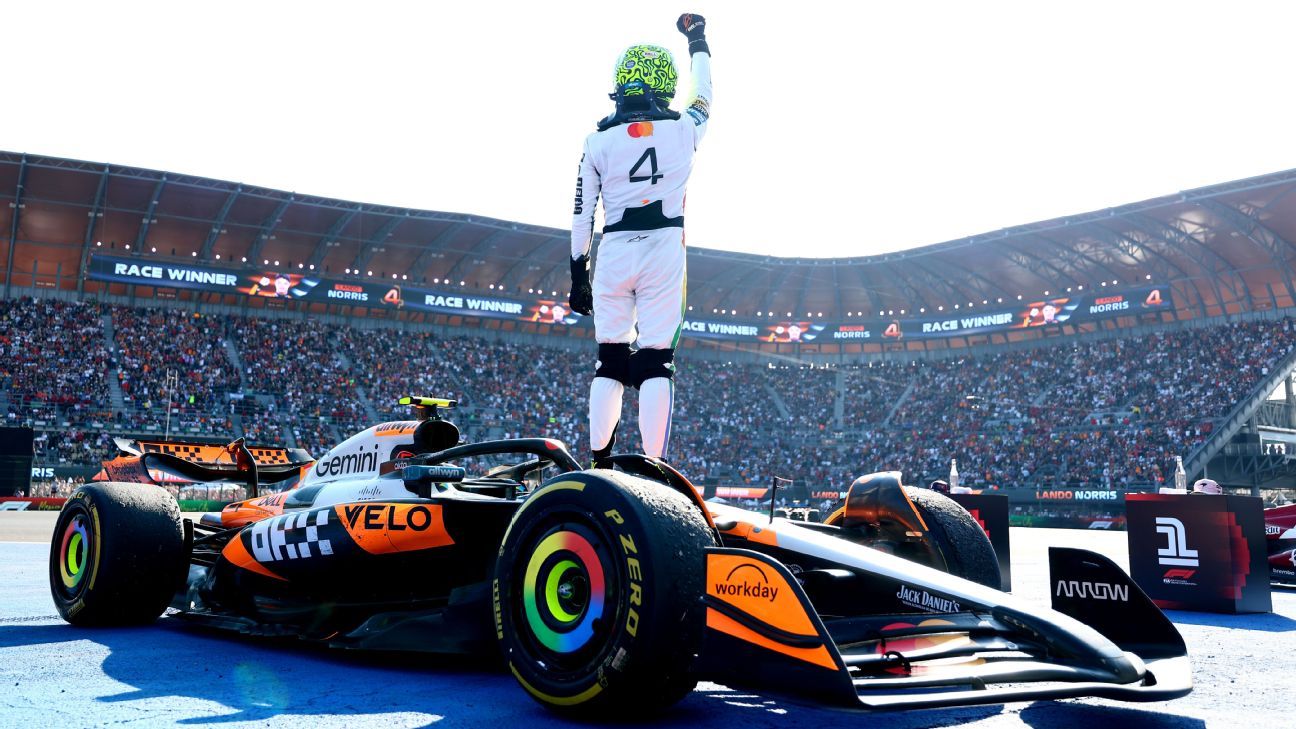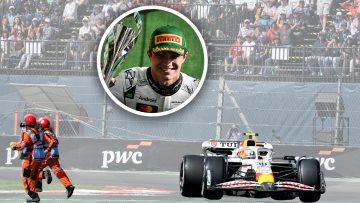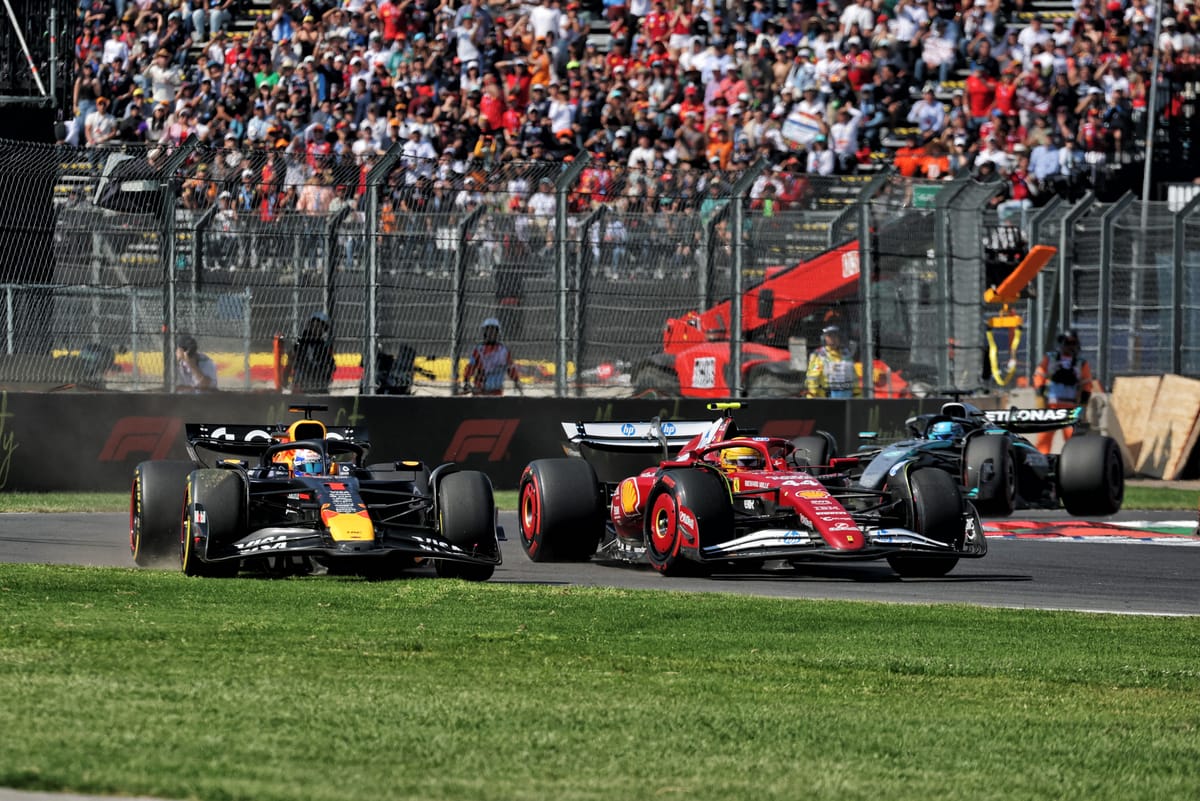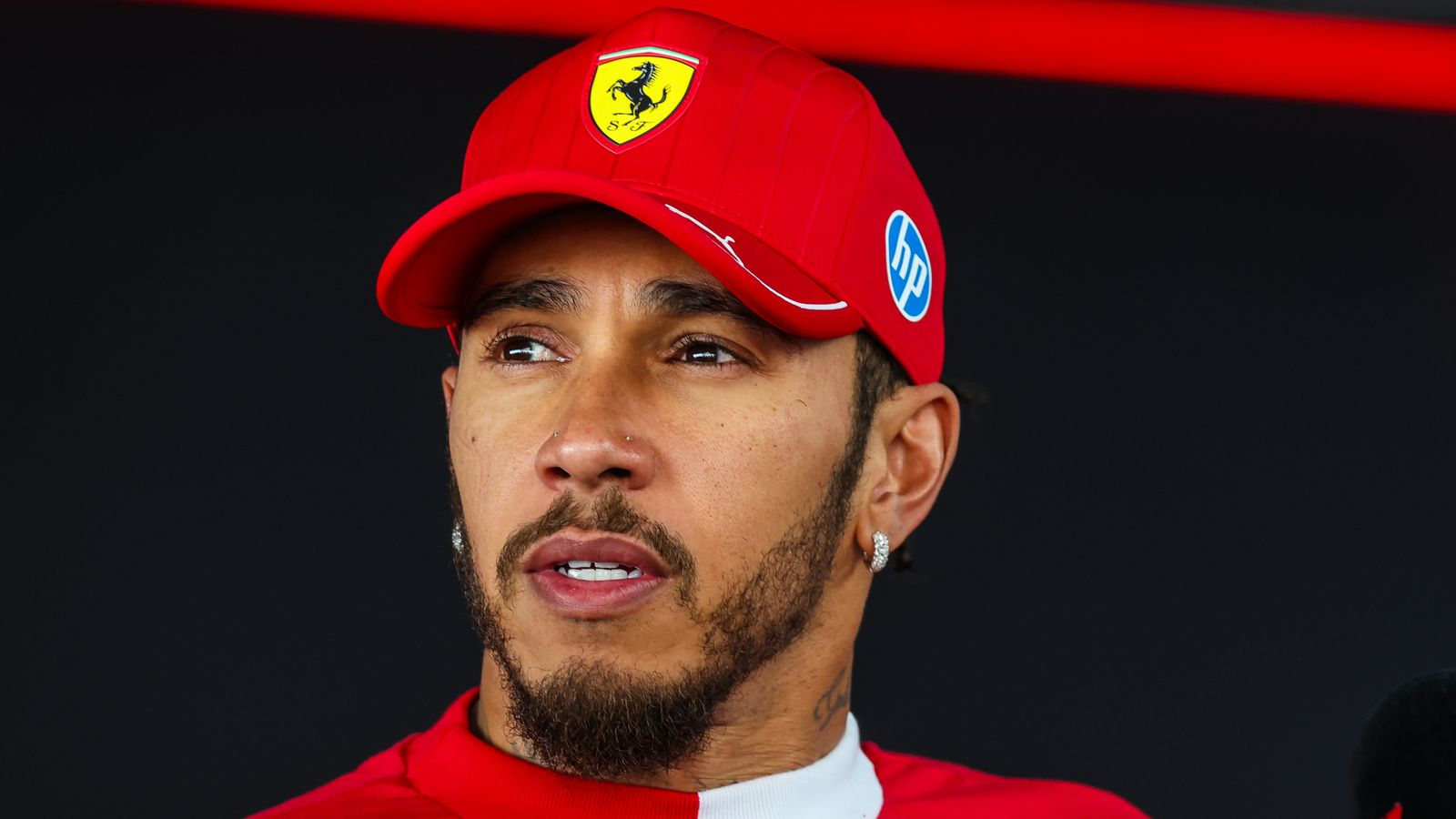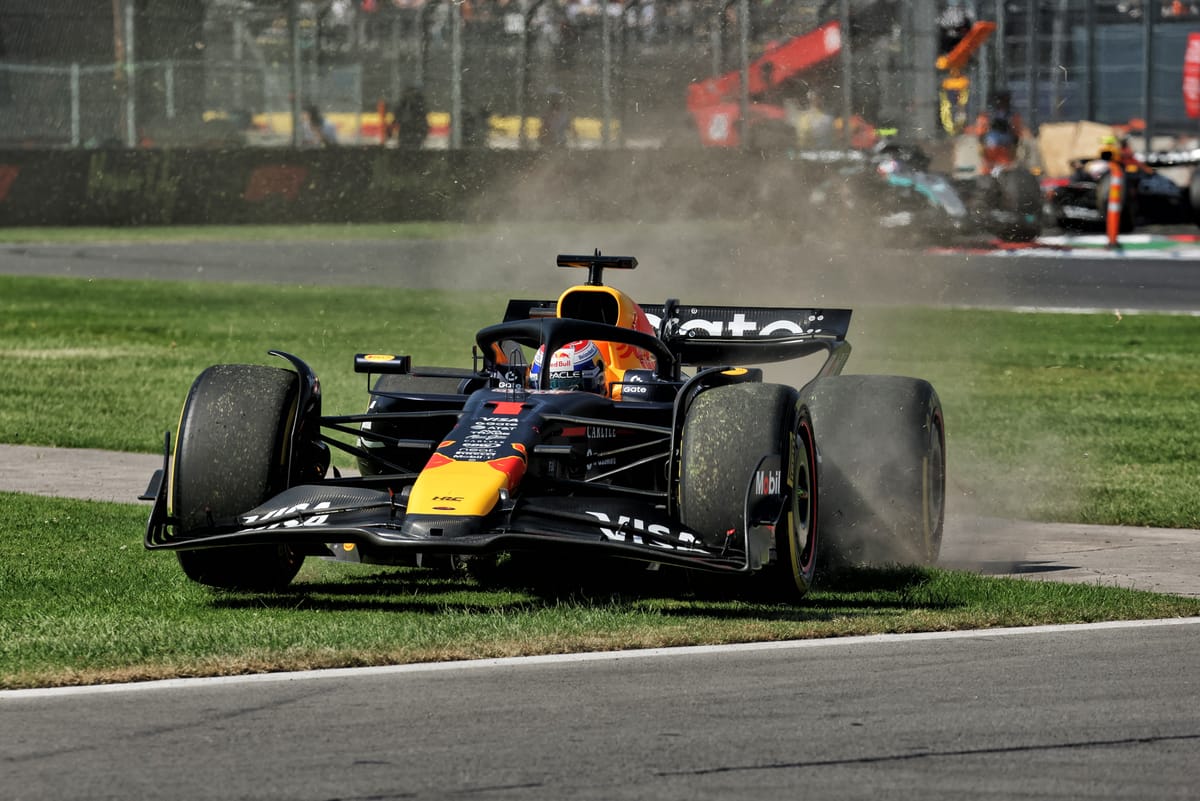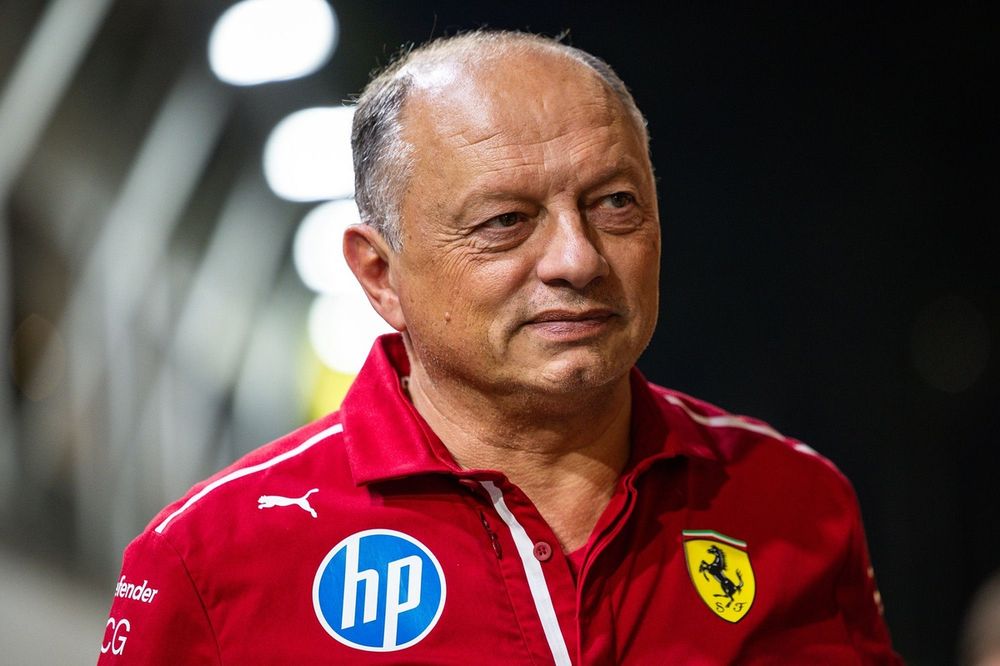
FIA Investigates Mexico GP Marshal Incident, Explains Late VSC
The FIA is set to investigate a concerning incident at the Formula 1 Mexico Grand Prix where Liam Lawson had a close call with marshals on track, and has also provided clarity on the late virtual safety car deployment.
Why it matters:
Safety remains paramount in Formula 1, and any incident involving marshals on track is a serious concern that requires immediate review and stringent preventative measures. The FIA's explanation of the VSC deployment, though procedural, highlights the critical decisions made in real-time under race conditions, impacting competitive outcomes.
The Details:
- Lawson's Close Call: On Lap 3, Liam Lawson encountered two marshals on the racing surface near Turn 3. This occurred after he had pitted for a new front wing, meaning the expected gap for marshal deployment was no longer sufficient. Lawson expressed his shock, stating, "I could have f **ing killed them!"
- Initial Response: Marshals were initially put on standby to clear debris from Turn 1 following several skirmishes. However, the order to dispatch them was rescinded once Lawson's pit stop became apparent. A double yellow flag was then shown in the area.
- FIA Investigation: The FIA confirmed it is investigating why the marshals were on track despite the rescinded order. They emphasized their respect and appreciation for the local ASN, OMDAI, and the volunteer marshals at Autodromo Hermanos Rodríguez, acknowledging their crucial role in the sport's safe operation.
FIA Explains Sainz's Virtual Safety Car:
- Incident: On the penultimate lap (Lap 70 of 71), Carlos Sainz's Williams spun and stopped in an exposed run-off area at Turn 14 in the Foro Sol stadium section. The car subsequently began smoking, and notifications of a fire hazard were received.
- VSC Deployment: The virtual safety car was deployed as standard procedure when marshals are required to intervene and recover a car, especially with a fire hazard. The VSC was lifted on the final lap once the car was moved to a safe location behind the barriers, concluding the race under green-flag conditions.
- Impact on Race: The VSC period was critical, as it neutralized the race just as Max Verstappen was threatening to overtake Charles Leclerc for second place. Leclerc admitted the VSC likely saved his position, while Verstappen remained philosophical, noting that sometimes safety cars benefit and sometimes hinder a driver's race.
What's Next:
The FIA's investigation into the marshal incident will be crucial for implementing clearer protocols and preventing future occurrences, reinforcing the rigorous safety standards expected in F1. The transparency surrounding the VSC deployment serves to maintain confidence in race control decisions, even when they have significant sporting implications.
Original Article :https://www.motorsport.com/f1/news/fia-to-investigate-f1-mexico-marshal-incident...


